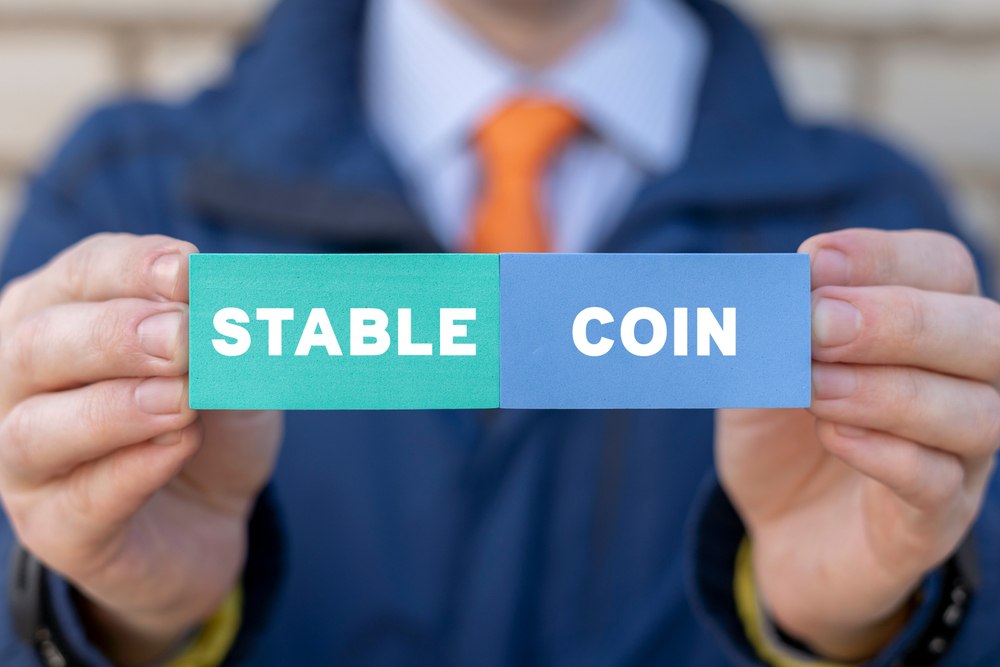Agustin Carsten revealed that last year’s event profoundly affected how stablecoin is viewed as money. The general manager at the Bank for International Settlements (BIS) revealed in a speech on Wednesday that the situation has led to “serious doubts” on stablecoin’s ability to function as money.
According to the BIS chief, stablecoins, despite being pegged to the value of other fiat currencies, do not benefit from regulatory protections as applied to bank deposits. Speaking at a summit at the Monetary Authority of Singapore, Carstens, the head of the association of central banks, revealed that this cast doubts over the role of stablecoins as an alternative form of money.
He noted that regulators and policymakers worldwide were beginning to doubt cryptocurrencies even before the spectacular collapse of the Terra USD algorithmic stablecoin last May. The Terra Luna ecosystem collapse triggered a broader market collapse for crypto assets, followed by a string of high-profile bankruptcies that shook the foundation of the crypto market.
However, in 2023, global standard watchdogs have already warned about the upcoming rigid guidelines that await the stablecoin market and that existing coins may not be able to meet the requirements set out for issuers.
Lack Of Regulatory Requirements
Previously a stablecoin critic, Carstens was skeptical about their impact on monetary systems. But he’s now recommending tokenized deposits and central bank digital currencies (CBDCs) to take advantage of crypto technology and enhance the trust the public system provides.
From a public policy perspective, Carstens explained that there are lessons lawmakers and regulators can take from stablecoins. He added that the stablecoins emergency is partly due to some technical features they provide, which cannot be met with the current fiat currencies.
He believes that central banks need to interact with innovative technologies and look to be creative, or the private sector will step in and control the narrative. In 2021, the Bank for International Settlement signaled to central banks to begin exploring national digital currencies.
There are currently over 100 jurisdictions worldwide that have begun working on issuing their versions of digital tokens pegged to their national currencies.
